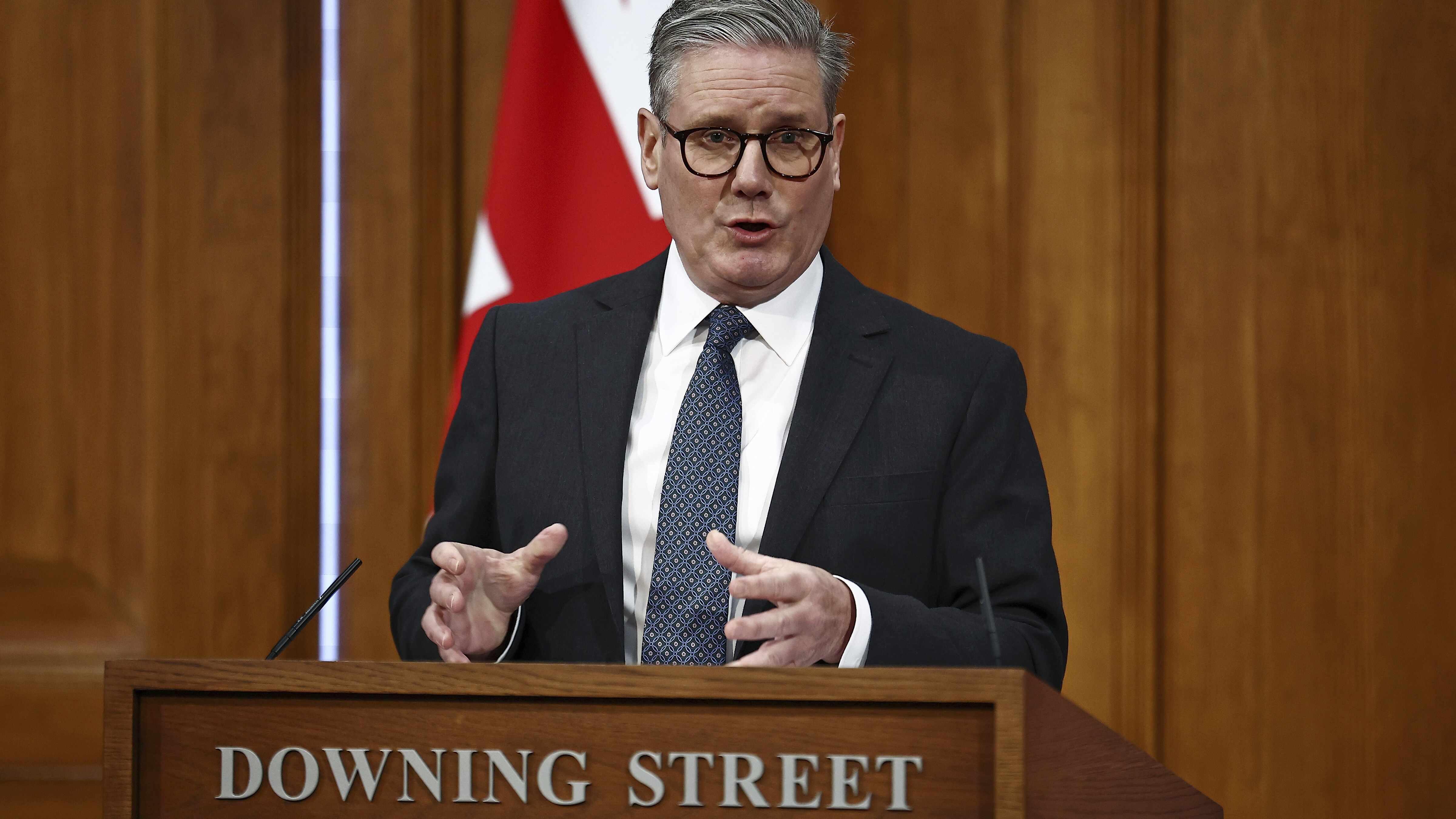GM seeks new federal aid, to slash more jobs
Bloomberg
General Motors asked the U.S. for as much as $16.6 billion in new loans, more than doubling the aid to date, and said it needs some of the cash next month to survive as it sheds brands and cuts 47,000 more jobs worldwide.
Chrysler, propped up like GM with federal assistance, said it’s seeking $5 billion more from the government and will shed 3,000 more positions.
The automakers met a deadline Tuesday to report progress in revamping operations with $17.4 billion in loans granted so far. Now, they must show the U.S. by March 31 that they can become profitable in order to keep the money. Along with Ford Motor, they got a boost when the United Auto Workers said it reached tentative agreements to help trim labor expenses. "Most of the low-hanging fruit when it comes to cost cutting is gone," said Rebecca Lindland, an IHS Global Insight analyst in Lexington, Massachusetts. "You get to the point where you’re throwing good money after bad."
U.S. Treasury Secretary Timothy Geithner said he will start reviewing the plans later this week when he and Lawrence Summers, director of the White House National Economic Council, convene an autos task force for President Barack Obama.
At least $9.1 billion more in loans is needed to finish restructuring, GM said, and that sum could rise to $16.6 billion should the economy worsen. Detroit-based GM has received $13.4 billion since December. GM’s retrenchment includes closing five more U.S. plants by 2012; deciding whether to sell or shut the Hummer unit by the end of March; and chopping salaries by as much as an additional 30 percent for the four-most senior officers after Chief Executive Officer Rick Wagoner, who already is working for $1 a year.
Production of Saturn cars would stop in 2011, if the brand hasn’t been sold, GM said. Should dealers or other investors present a proposal, GM "would be open" to a spinoff or sale, according to the Detroit-based automaker’s viability plan. The Saab unit may have to be restructured under Swedish bankruptcy laws without government support there, GM said. GM’s global job reductions would be about 19 percent of the workforce, based on the total of 244,500.
Chrysler said it needs an additional $5 billion by March 31 after receiving an initial installment of $4 billion. The new job cuts at the third-largest U.S. automaker would be in addition to 32,000 shed through the end of last year. Losses at Cerberus Capital Management’s Chrysler were $8 billion last year, according to the plan. The company projects a 2009 loss of $1.1 billion and a 2010 profit of $600 million, based on receiving $9 billion in loans.
Both automakers offered more-pessimistic outlooks for 2009 U.S. auto sales, with GM saying the market could be as few as 9.5 million vehicles. Last year’s total was 13.2 million, and the average this decade before 2008 was 16.1 million.
The option of bankruptcy
GM and Chrysler again rebuffed the idea of bankruptcy filings. GM said it examined three bankruptcy scenarios, with price tags of as much as $100 billion, and that all were less-favorable options than a rescue.
"All research indicates bankruptcy would have a dramatic impact on GM sales," GM said in its 117-page plan, citing a study that concluded 80 percent of consumers wouldn’t buy a car from a bankrupt company. "A restructuring process outside of bankruptcy is highly preferable," GM’s report said.
Bankruptcy "would create unbearable stress not only for our suppliers, but also the suppliers of other automakers," Chrysler Chief Executive Officer Robert Nardelli told reporters. "It would have a cataclysmic effect on the entire auto industry."
Liquidating the automaker might cost 2 million to 3 million jobs, according to Chrysler’s plan.
To meet loan requirements, GM and Chrysler have been trying to persuade the UAW to accept equity instead of cash for half of next year’s scheduled payments into union-run retiree health-care funds. Discussions are continuing over how the companies will finance those trusts, the UAW said in an e-mailed statement announcing the preliminary agreement on other contract terms.
The accord lowers labor costs to "competitive parity" with expenses at the U.S. factories of overseas automakers, Joe Hinrichs, Ford’s group vice president for manufacturing and labor affairs, said in a statement.
GM also is in talks with bondholders as part of a government requirement that it pare its $27.5 billion in unsecured public debt to $9.2 billion. Advisers to an ad hoc bondholder group said they were reviewing GM’s plan and awaiting details of the UAW agreement.
Talks are under way with the governments of Canada, Germany, the U.K., Sweden and Thailand to obtain about $6 billion in aid by 2010, GM said. The automaker, which has relied on overseas revenue to counter sagging North American sales, said it would need additional funds "to sustain certain operations outside the U.S."GM said the global recession forced it to suspend plans for mid-size pickup and diesel engine production in Thailand. It also will halt an expansion project in India because sales are lagging behind estimates. In Europe, GM has a target of slicing $1.2 billion in costs.
















